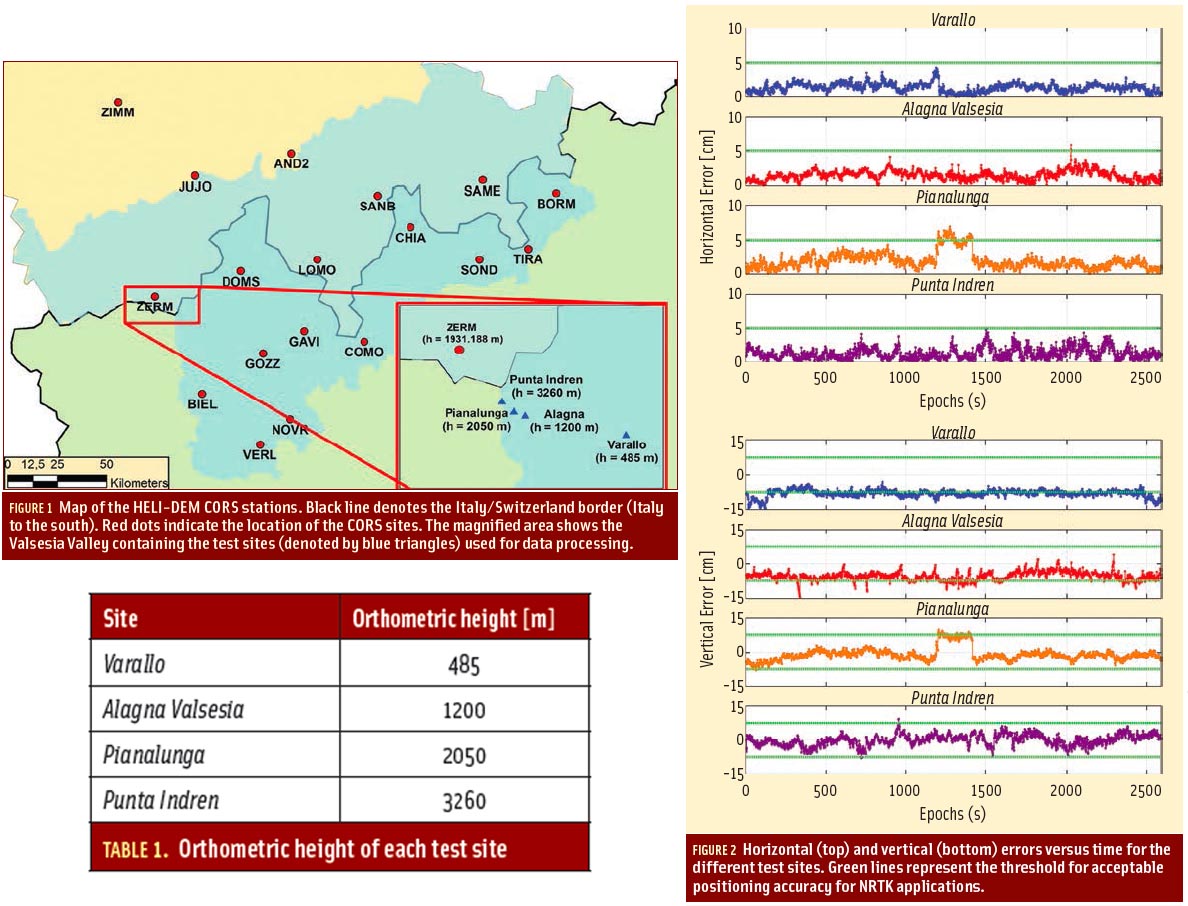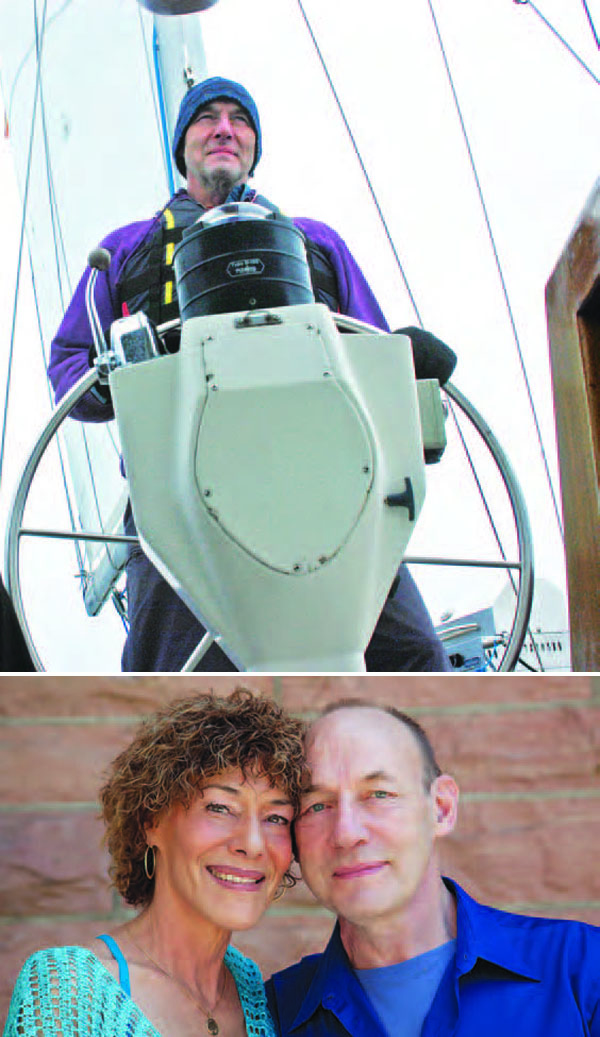Figures 8, 9 & 10: Reaching for the STARx
Return to main article: "Reaching for the STARx"
By Inside GNSSReturn to main article: "Reaching for the STARx"
By Inside GNSSReturn to main article: "Reaching for the STARx"
By Inside GNSSReturn to main article: "Reaching for the STARx"
By Inside GNSSReturn to main article: "Reaching for the STARx"
By Inside GNSS
Ionospheric scintillations are rapid temporal fluctuations in both amplitude and phase of trans-ionospheric GNSS signals caused by the scattering of irregularities in the distribution of electrons encountered along the radio propagation path. The occurrence of scintillation has large day-to-day variability. The most severe scintillations are observed near the poles (at auroral latitudes) and near the equator (within ± 20 degrees of geomagnetic equator).
By Inside GNSSTrying to revive a years-dead federal program is usually the kind of hopeless task that even Sisyphus wouldn’t touch.
But determined supporters of eLoran are gaining ground in their effort to resurrect the cancelled radio-navigation network and, propelled by new worries over GPS jamming, they appear poised push the issue through.
By Dee Ann Divis Equation 1
Equation 1Working Papers explore the technical and scientific themes that underpin GNSS programs and applications. This regular column is coordinated by Prof. Dr.-Ing. Günter Hein, head of Europe’s Galileo Operations and Evolution.
By Inside GNSS Weiss at the helm during sailboat outing to San Juan Islands (top), Marc Weiss and wife, Pam (bottom)
Weiss at the helm during sailboat outing to San Juan Islands (top), Marc Weiss and wife, Pam (bottom)SIDEBAR: Marc Weiss’ Compass Points
In a career spanning nearly the entire history of GNSS-enhanced metrology, Marc Weiss has been a key participant in projects that laid the foundation for accurate synchronization of atomic clocks around the world.
By Inside GNSS Equation 1
Equation 1GNSS modernization includes not only the global coverage capabilities of GPS, GLONASS, Galileo, and BeiDou, but also regional GNSS enhancement systems such as Japan’s Quasi-Zenith Satellite System (QZSS), the Indian Regional Navigation Satellite System (IRNSS), and the European Geostationary Navigation Overlay Service (EGNOS).
By Inside GNSS